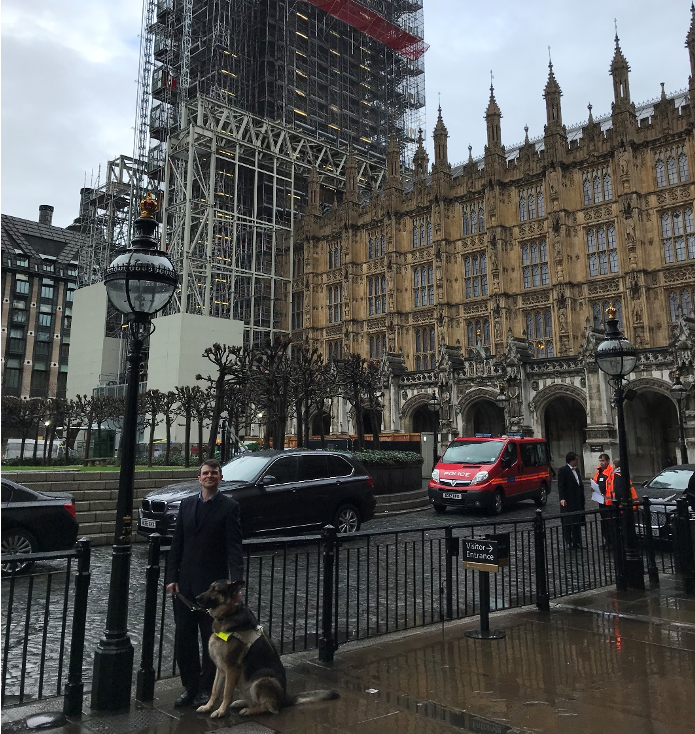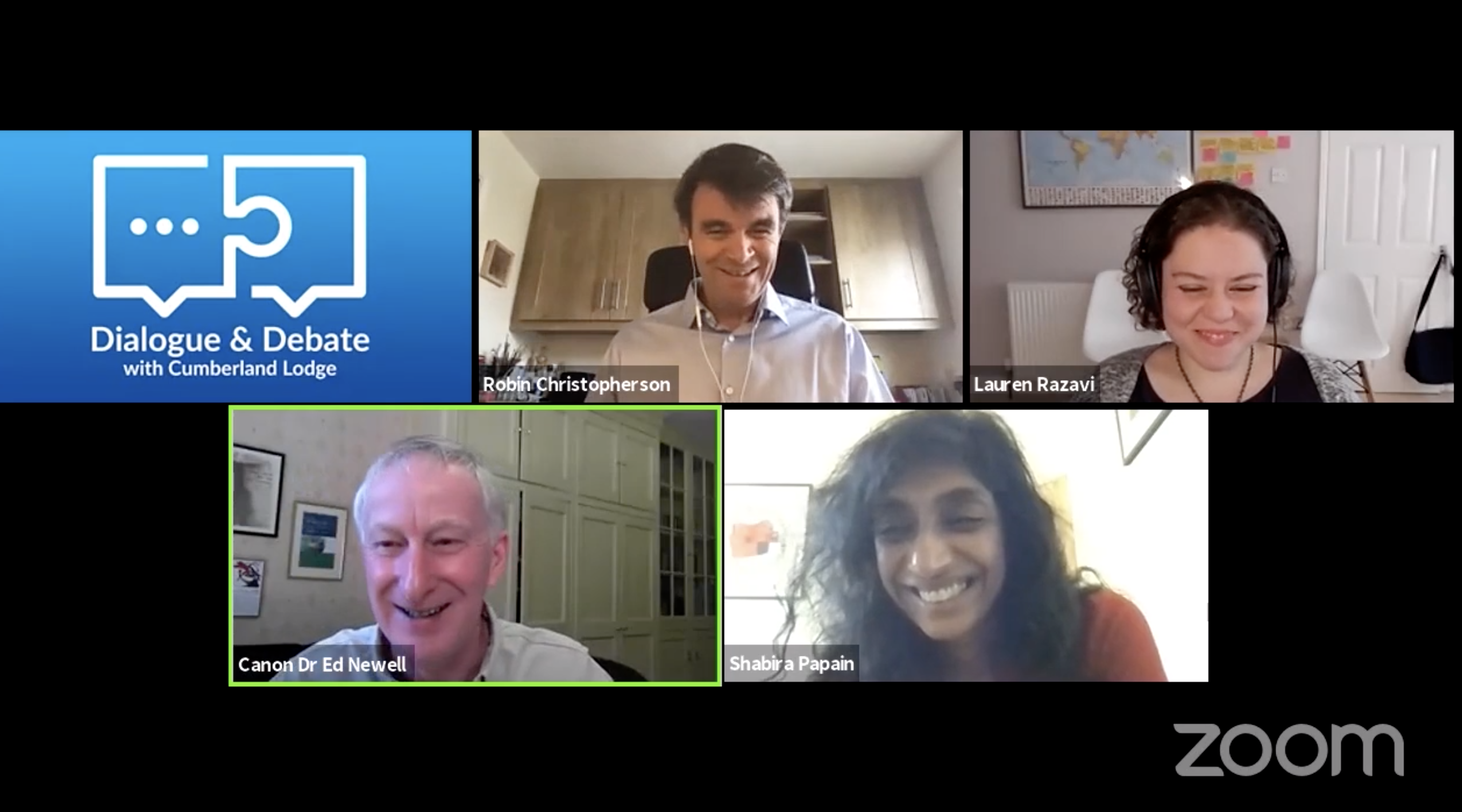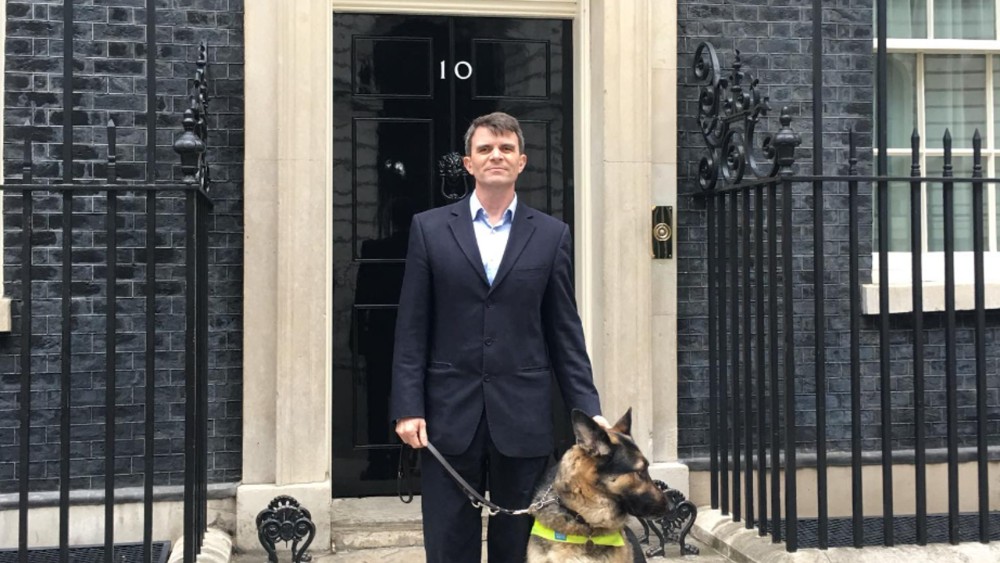Helping government push digital inclusion during COVID-19
Robin Christopherson | 17 Sep 2020It’s been a busy time for digital over recent months as we’ve all tried to become comfortable with home working, shopping, socialising and other essential daily activities online. It’s also been a hectic time for the government when it comes to digital – and I’ve been fortunate enough to be one of those experts invited to participate in numerous online meetings in an endeavour to ensure that the digital divide is being effectively addressed wherever it exists.
A cross-party approach to inclusion
In these divisive times, a united approach to issues as important as access to the internet is essential. Luckily, the government recognises this in the form of numerous all-party parliamentary groups (APPGs) that bring together experts both within government and without to gather evidence and debate a range of topics relevant to the needs of our society today. I sit on two such all-party parliamentary groups; the APPG on Disability and the APPG on Assistive Technology.
For obvious reasons, these sessions are now delivered online using many of the technologies (such as Zoom and Microsoft Teams) so vital for the smooth transition to home working and, thankfully, as accessible and usable as one should expect in these enlightened times. Before the virus we’d convene at the Palace of Westminster or other central government venue – often not nearly so accessible and, I need hardly highlight, a good deal harder to get to.

Needless to say, I don’t much miss face-to-face meetings – preferring to use these convenient and inclusive options that get the same job done with far less fuss and in a fraction of the time. It does mean that I can now attend five meetings in a day instead of just the one, but even then the choice for me as a disabled person is a supremely easy one to make. We’ve all heard of ‘Zoom fatigue’, but most people would risk that eventuality over lengthy travel via multiple modes of transport - whether or not they have a disability and discounting the very significant factor of the threat of an ever-present virus. We can endeavour to limit our online meetings each day, but a given journey can’t be shortened and the logistics of travelling with a disability magicked away quite so readily.
This is why the accessibility and ease-of-use of solutions like Zoom are so vital. People who have never used video conferencing software before are suddenly Zoom-ing on a regular basis to keep the show on the road. Logging in to work systems via a virtual private network (VPN), filling out online versions of forms that were hitherto formed from dead-tree pulp and having to deal with remote IT support to sort out the printer are all new experiences for many.
It’s vital that these new ways of working are delivered via accessible options in every case. Like Zoom or Teams, like TeamViewer or Express VPN, there’s no reason why every company can’t deliver inclusive solutions.

Digital inclusion so much more than disability
I wouldn’t want you to think that inclusive design is just for people with a disability or impairment, however. Whilst we, as disabled people, need products to be accessible in order to use them at all, the reason why I so strongly endorse the work that the APPGs do, why I participate in ‘Dialogue and debate’ initiatives with expert organisations such as Cumberland Lodge, why I write so many articles on the importance of inclusion and appear on programmes such as Radio 4’s In Touch, and why I so passionately promote amazing initiatives such as Global Accessibility Awareness Day, is because we need these solutions to be easy to use and accessible (in its broadest meaning) for every user if we have a hope of closing that digital divide. And that’s what inclusive design delivers.
Make your digital products, your websites, web applications, software and apps, accessible and compliant and they’ll be truly inclusive. You’ll not only be opening doors for many users who would otherwise be shut out, you’ll also be maximising ease-of-use and access for everyone else. This is because accessible, inclusive products are able to be accessed on more devices (such as older smartphones or less performant tablets), require less bandwidth to deliver to those in rural areas (where decent broadband is but a distant dream), makes them more discoverable (as Google gives them preferential treatment thanks to their more compliant code), makes their porting to new platforms (such as smartspeakers) more manageable and, finally, makes them simply easier to use for the average user - as you’ve already followed the steps to optimise their usability for those with impairments who would otherwise struggle more than most.
Add into that the fact that we’re all impaired on a regular basis when using smartphones in extreme environments; bright sunshine, bumpy bus, noisy café etc, under other challenges; in a rush, one-handed, after a glass or two, and we soon see that the needs of those with a 24-7 vision, motor, cognitive or hearing impairment begin to spill over into everyone’s experience on a daily basis.
Adding power to digital government
I believe that helping government to ensure it has the right information and support it needs to both deliver inclusive services and make the right policy decisions to continue to reduce the digital divide is important work – but I still think there’s a long way to go.
For example, whilst government is able to fund a hearing aid or pair of glasses, it isn't yet willing to fund the basic tech that someone with a disability needs to get online. That’s why I’ve been calling for everyone to pile on and participate in a World Health Organisation (WHO) world poll; a survey listing assistive technology essentials for governments around the world to fund from the public purse, to help push this agenda forward.

And whilst government has enacted laws to require products and services to be inclusive, inexplicably, it isn't doing anything to actually enforce them. That’s why I’ve been long banging on the door of government to encourage it to give accessibility laws some teeth, and why I’ve been so active and vocal in the above outlined government-related goings-on.
As a result of being active (and generally outspoken) in this space for some time now, I was fortunate to be included in the UN 'World's 100 Most Influential People in Digital Government' List last year, to be awarded an MBE for services to digital inclusion in 2017, and to be shortlisted for the Shaw Trust Disability Power 100 to be announced this autumn.
That’s definitely enough trumpet-blowing. All of this is by way of reinforcing that digital inclusion matters. It matters for those at the sharp end who rely on it to operate online every day, it matters for organisations across all sectors who want to reach as many users as possible and give them a good experience, and it matters enough to the UK government and bodies like the Shaw Trust, the World Health Organisation and the United Nations to call loudly for it and recognise those who do too.
Calling on the PM to ensure that disabled people aren’t left behind in the time of Coronavirus
I’ll leave you with a teaser. Back at the beginning of lock-down the APPGD wrote to the office of the Prime Minister asking him to provide assurances that, during these unprecedented times of social and economic upheaval, disabled people across the UK would not be forgotten and that their unique needs would be adequately addressed.
What was the response? How long did it take to arrive and what was the ironic twist in the tale? I’m afraid you’ll have to wait till part two of this piece coming out next week…
Further resources
- Find out more about AbilityNet's free live webinar events. Coming up 29 September: How technology can help people with dyslexia
- Blog: COVID-19 and the Digital Divide: Insights from the experts
- Podcast: Accessibility Insights with Neil Milliken
- Webinar playback: Accessible design tips for a competitive edge: AbilityNet Live!
- Accessibility training: courses available for various digital roles
AbilityNet provides a range of free services to help disabled people and older people. If you can afford it, please donate to help us support older and disabled people through technology



